They applied tourniquets to legs severed by improvised explosive devices, survived Humvee roll-overs, and eliminated the enemy with M16s... then they dusted off their uniforms and provided contracting expertise to get vital supplies and services to our warfighters. It's all in a days' work for the contingency contracting officer teams of the Expeditionary Contracting Command, training to deploy.
The teams are relatively new. Their formation began when the Army recognized the need for Soldiers proficient in contracting to deploy with Army units. When the Army formed the Army Contracting Command and its subordinate Expeditionary Contracting Command in 2008, the teams and the 51 C military occupational specialty were born. These contingency contracting specialists have been growing and improving their efficiency and effectiveness to fulfill their wartime mission ever since.
Recently contingency contracting officers (enlisted and officer personnel) scheduled to deploy in 2010 spent two weeks of intensive training at Fort Riley, Kan. The first week focused on critical warrior tasks; the second week subjected the Soldiers to various contracting scenarios designed to prepare them to effectively handle joint expeditionary contracting in Iraq and Afghanistan.
"We're giving these Soldiers critical skills training; individual skills that will enable them to better survive what happens on the battlefield," said Command Sgt. Maj. Jeffrey Mellinger, Army Materiel Command's Command Sergeant Major.
"Twenty four percent of casualties are non-battle related. Take the life-saving training seriously - the life you save may be your own," Mellinger told the trainees.
In addition to medical aid, vehicle roll-over survival and marksmanship, the Soldiers also trained in convoy operations, medical evacuation, and combat scenarios that included practice in the use of force judgment.
The second week of contracting scenarios started with a workload of four existing contracts, four field ordering officer files and 15 new requirements for goods and services, such as purchasing sniper backpacks and arranging for crane services. Each new day brought new requirements, problems with current contracts, and visitors interrupting the battle rhythm, just like the real world.
"There are plenty of changes over a period of time, especially in contracting, so to keep up with the local changes, policies, and contract clauses this is training of epic proportions for me and other CCOs here training with us," said Sgt. 1st Class James Illes, 412th Contracting Support Brigade, a participant in the training.
The 412th Contracting Support Brigade, Fort Sam Houston, Texas, brought together a wealth of leadership and expertise from throughout the 412th CSB headquarters and other contracting battalions to train the contingency contracting officers. Although this was a 412th exercise, the 901st Contingency Contracting Battalion had the lead. The training was a joint initiative supported by Fort Riley trainers and facilities as well as contracting personnel from the Army Contracting Command, the Air Force, Army Materiel Command and the Department of Defense.
"What we're looking for in this training are well-rounded contingency contracting officers who can go any place, anywhere and conduct their missions," said Lt. Col. Tonie Jackson, commander, 901st CCB.
Soldiers also had the opportunity to discuss current operations in theatre with principal assistants responsible for contracting and regional contracting center personnel via video teleconferencing from Iraq and Afghanistan. Prior to the training, these leaders had partnered with the 412th to develop the contracting scenarios.
Gaining increased warrior and contracting skills wasn't the only benefit. The Soldiers were placed in training teams in order to network with other contracting professionals. Developing and improving the training of contingency contracting officers has been a primary focus of ECC since its inception. Plans are already underway to improve this training for 2011.
"Teams perform better if they know each other. This training will weld our contracting officers into teams. A team is always stronger than an individual," said Col. Jeff Morris, commander, 412th CSB. "Next year we're going to try to bring the National Guard and the Army Reserves to train with us; the Air Force is also asking us if they can bring some of their airmen to train with us."
Although this training exercise focused on preparing Soldiers to operate in the Joint Contracting Command Iraq-Afghanistan, the Soldiers also deploy for humanitarian assistance, such as the on-going response to the earthquake in Haiti. Currently ECC contingency contracting officers are located in 27 states and six foreign countries.
"Our goal is for the 51 Charlies to be fully accepted and recognized in their capacity as the contracting experts that they are," Mellinger said.
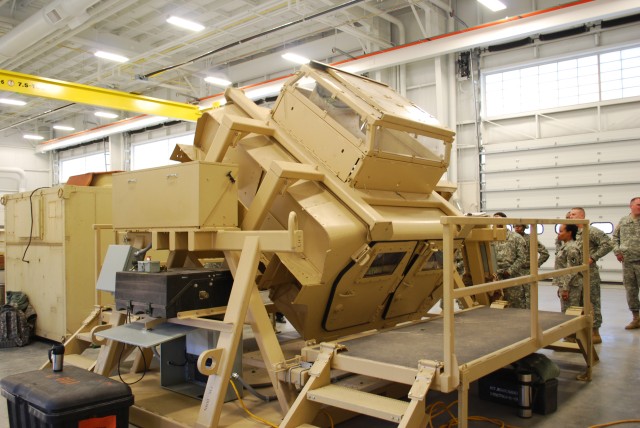
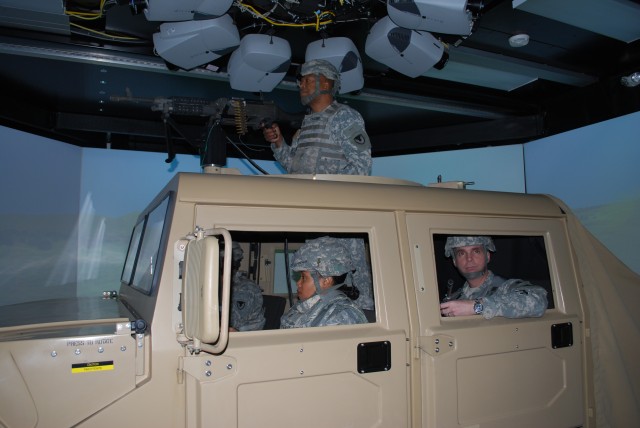
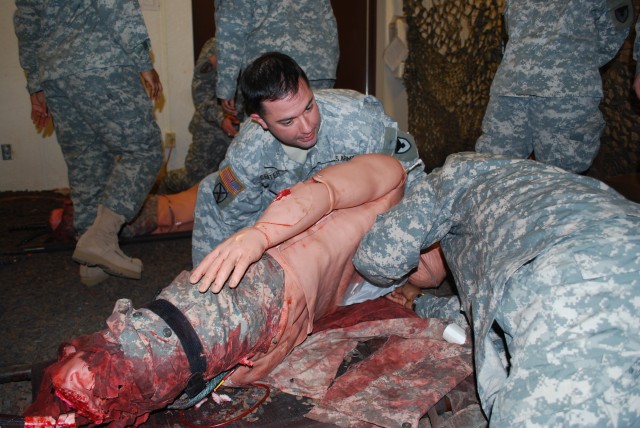
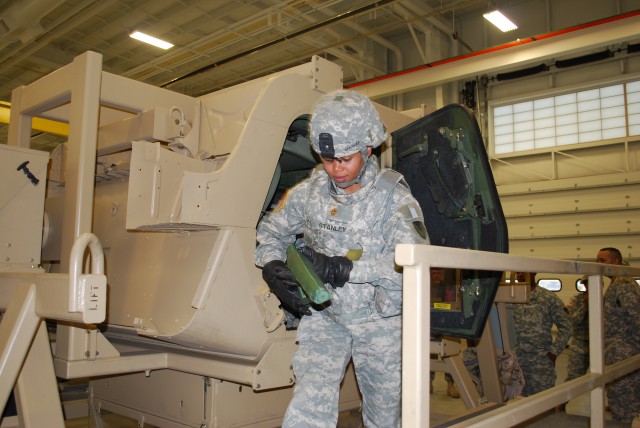
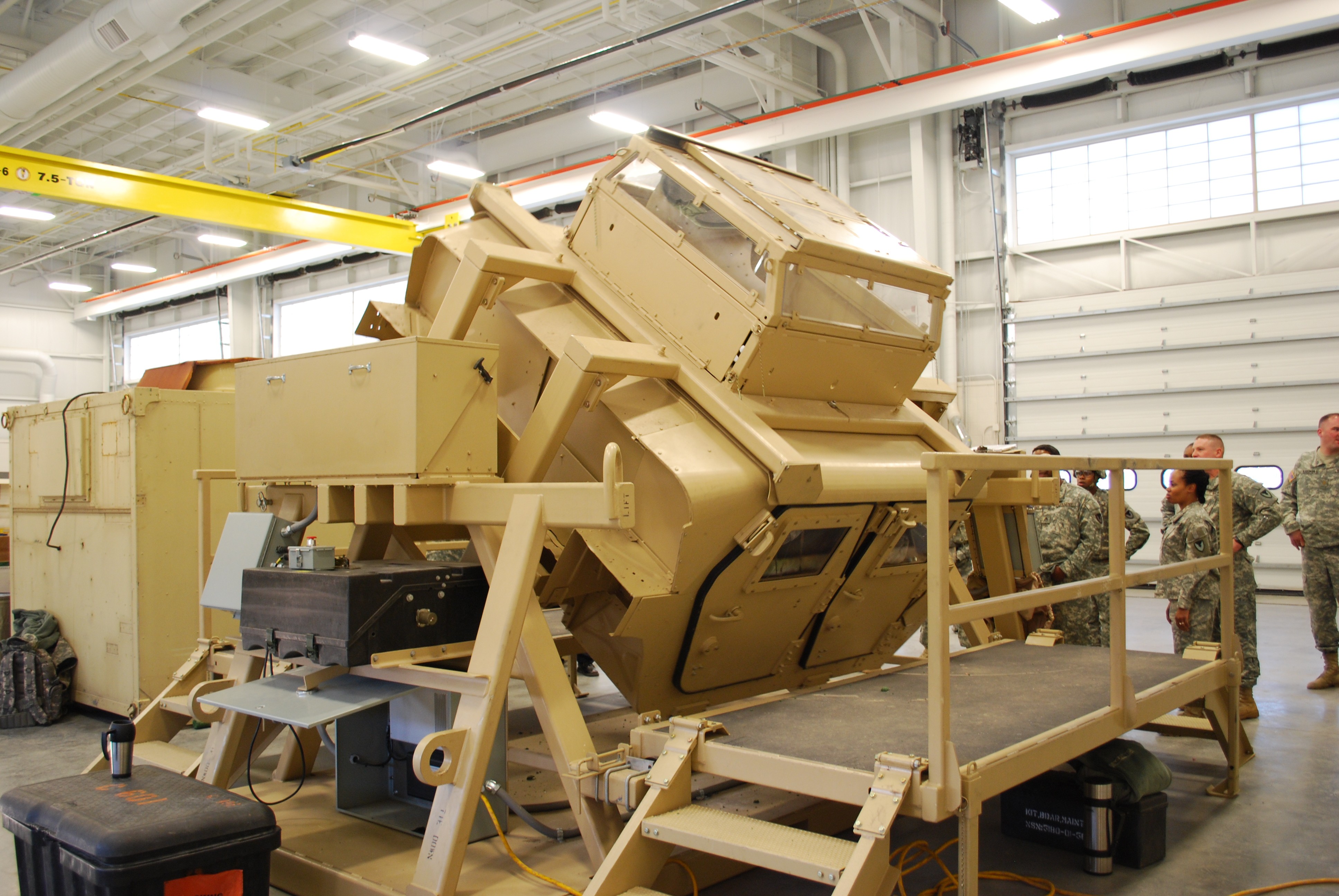

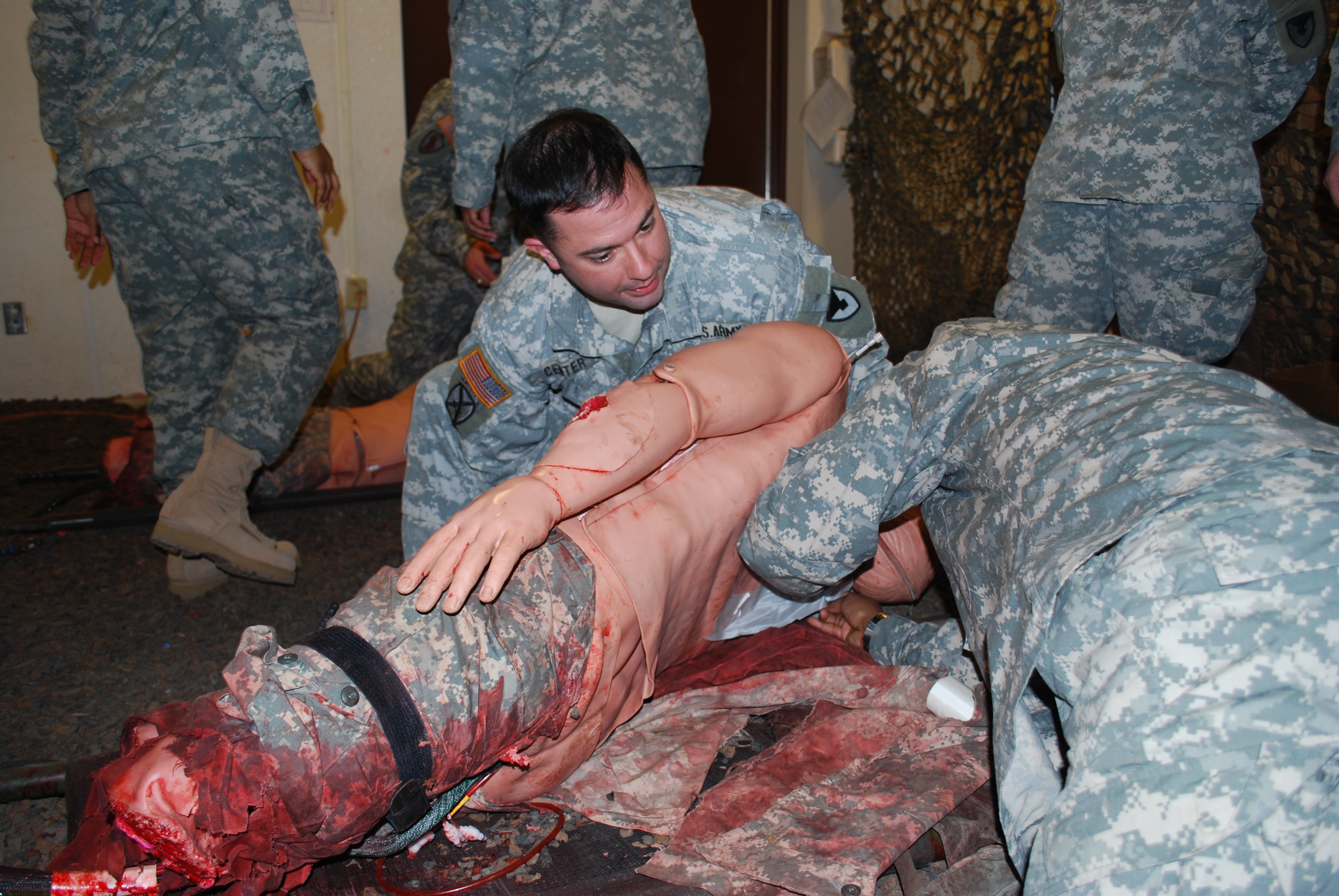
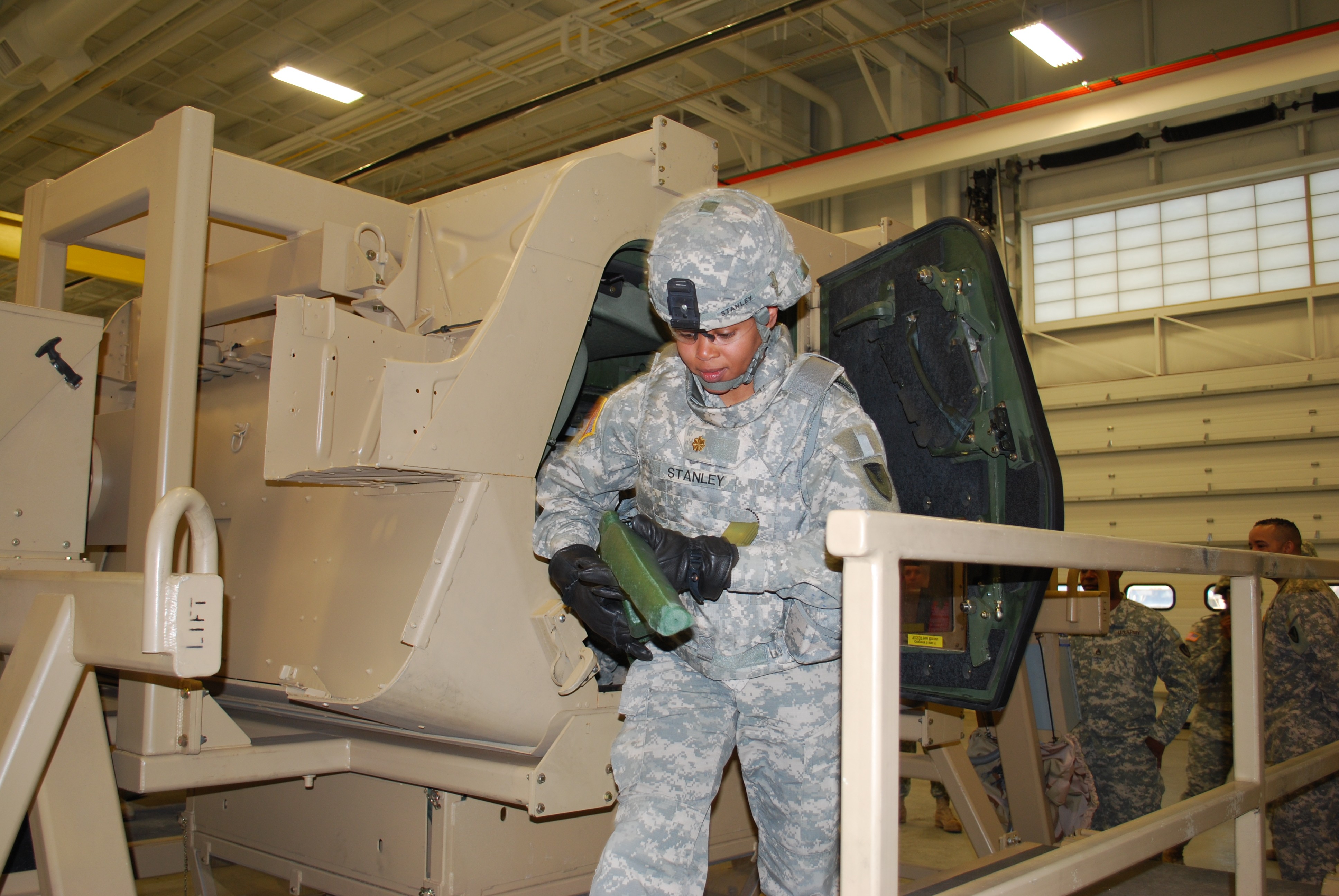
Social Sharing